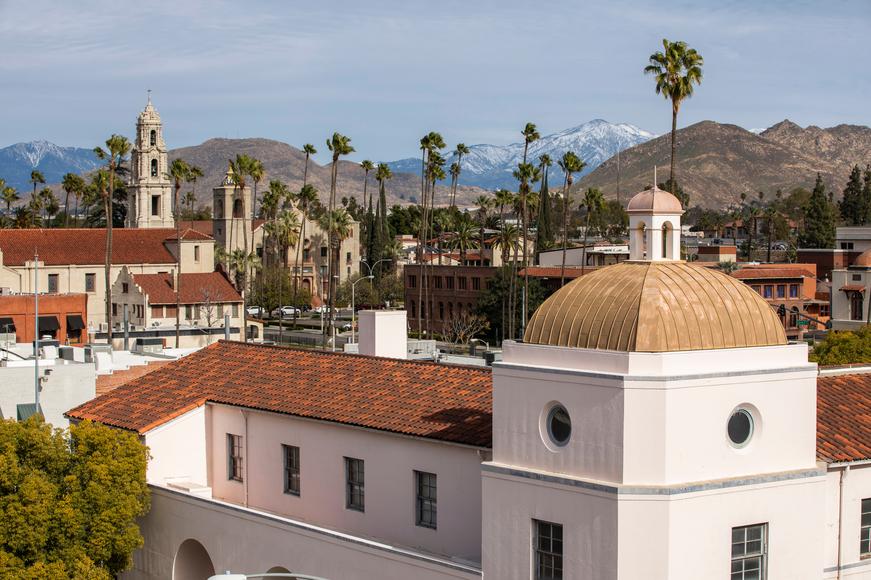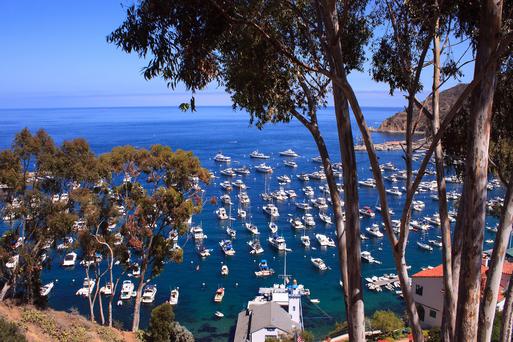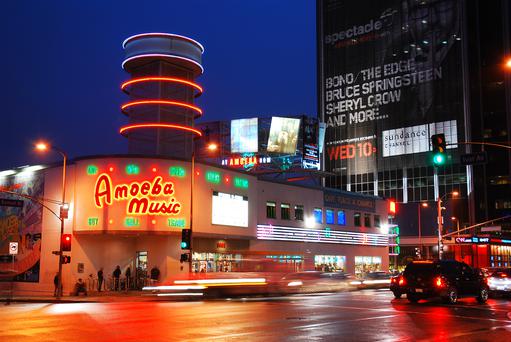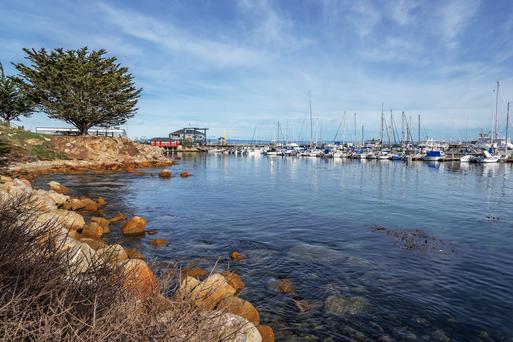California’s Inland Empire is a destination that deserves far more attention than it gets. Vast, beautiful, and teeming with opportunities for adventure and growth, this large metropolitan area in the south of the state is a true hidden gem. Want to learn everything there is to know about the Inland Empire’s economy, housing market, and history? Read on to learn about exactly that, plus a dash of fun facts to inspire you to head out there and see the abundance of Inland Empire, CA yourself.
The History of The Inland Empire, CA
Nestled away from the coastal buzz of Los Angeles, Southern California's Inland Empire offers a vibrant metropolitan experience of its own. This region unfolds across the southwestern parts of San Bernardino County and the western areas of Riverside County. It's not uncommon for folks to also count the desert gems of the Coachella and Victor Valleys as part of this expansive area.
Long before it was dubbed the Inland Empire, this swath of California was home to the Tongva, Serrano, and Cahuilla tribes, whose history on these lands stretches back thousands of years. During the era of Spanish exploration and colonization, the region remained relatively untouched by European settlers, often overlooked due to its perceived lack of suitability for mission development.
The landscape of the Inland Empire began to transform significantly in the 1870s with two pivotal developments: the expansion of the railroad network and the introduction of citrus orchards, notably navel and Valencia oranges. This marked the beginning of a booming agricultural sector, particularly in citrus farming. The subsequent urban sprawl of Los Angeles in the early 20th century further propelled industrial and economic growth in the area. Additionally, the Inland Empire became a notable pit stop for travelers and newcomers, especially with the iconic Route 66 enhancing its accessibility and tourism appeal.






